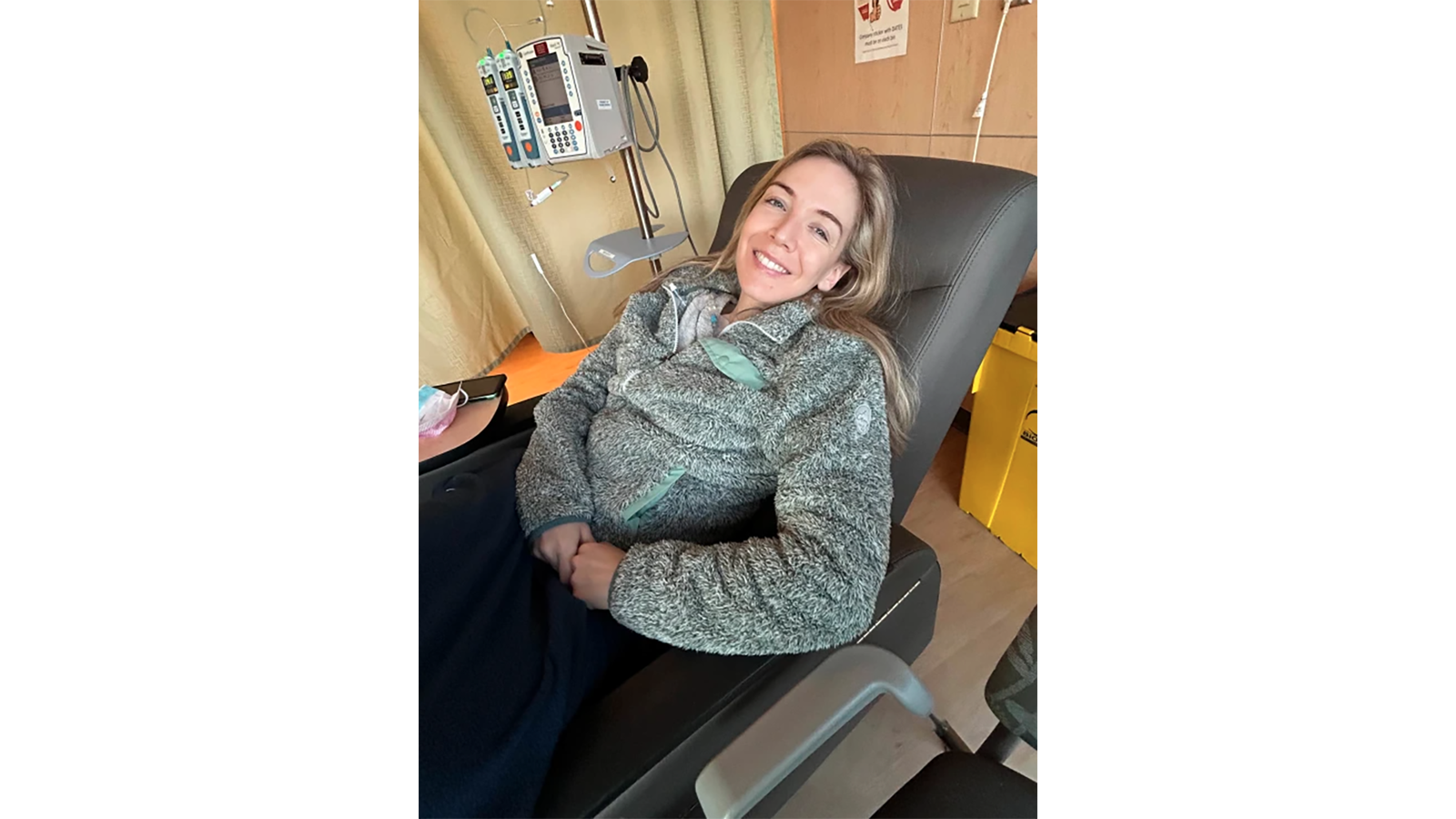A woman who grew up with a mentally ill mother says that the passing of Laura’s Law, which allows the county to force certain people to get mental health treatment, would have benefited her childhood if it was passed earlier and could potentially help many other families in the future. Lolita Lopez reports for NBC4 News at 5 p.m. Wednesday,…
For the daughter of woman who suffered from mental illness, the unanimous approval of Laura's Law is a blessing.
Laura's Law, passed in 2002 by the state and adopted by the Los Angeles County Board of Supervisors Tuesday, allows for family members to seek court ordered treatment for mentally ill people who are repeatedly jailed or hospitalized.
- Updates: Download the NBCLA News App
Sylvia Thompson said her family would have benefitted from Laura's Law.
"I grew up in a combat zone," Thompson said. "When mental illness strikes a family it's like a hand grenade is thrown into it."
But her mother would not acknowledge that she suffered from mental illness and never sought the help she needed, Thompson said.
"It was very chaotic growing up there was a lot of hospitalization, a lot of suicide attempts, a lot of homelessness."
Health & Wellness
Health and wellness news
Her mom's mental illness was something that wasn't visible on the surface, Thompson said. Her mother was gifted, spoke several languages and was a concert pianist.
If Laura's Law had been an option, Thompson said her family would have benefitted from it.
"My sadness is that we were all robbed of who she could have been," Thompson said.
Individual counties have the authority to adopt the California law named for 19-year-old Laura Wilcox, a mental health worker fatally shot by a client outside a clinic in 2001.
Nevada County, where Wilcox lived, was the first to implement the law.
San Francisco and Orange counties have more recently adopted Laura's Law.
"This is a path to recovery," Supervisor Michael Antonovich said.
Advocates for the mentally ill were split.
Brittney Weissman, executive director of the Los Angeles County Council of the National Alliance on Mental Illness, told the board she supported adoption of Laura's Law, which she called "a bridge to recovery for mental illness."
Weissman cited results under Kendra's Law, a similar measure implemented in New York State, saying it resulted in 77 percent fewer psychiatric hospitalizations, 83 percent fewer arrests, 87 percent fewer incarcerations and a 74 reduction in homelessness for those treated.
"It disrupts the revolving door of repeated jailings, hospitalizations and homelessness," she said.
Catherine Bond of the Los Angeles County Client Coalition disagreed, saying the statistics applied to a small number of patients.
"This is a law that does not have the kind of statistics that people are claiming for it," Bond told the board. "The percentages sound impressive, but the numbers of people who are being treated are very small."
City News Service contributed to this report.



